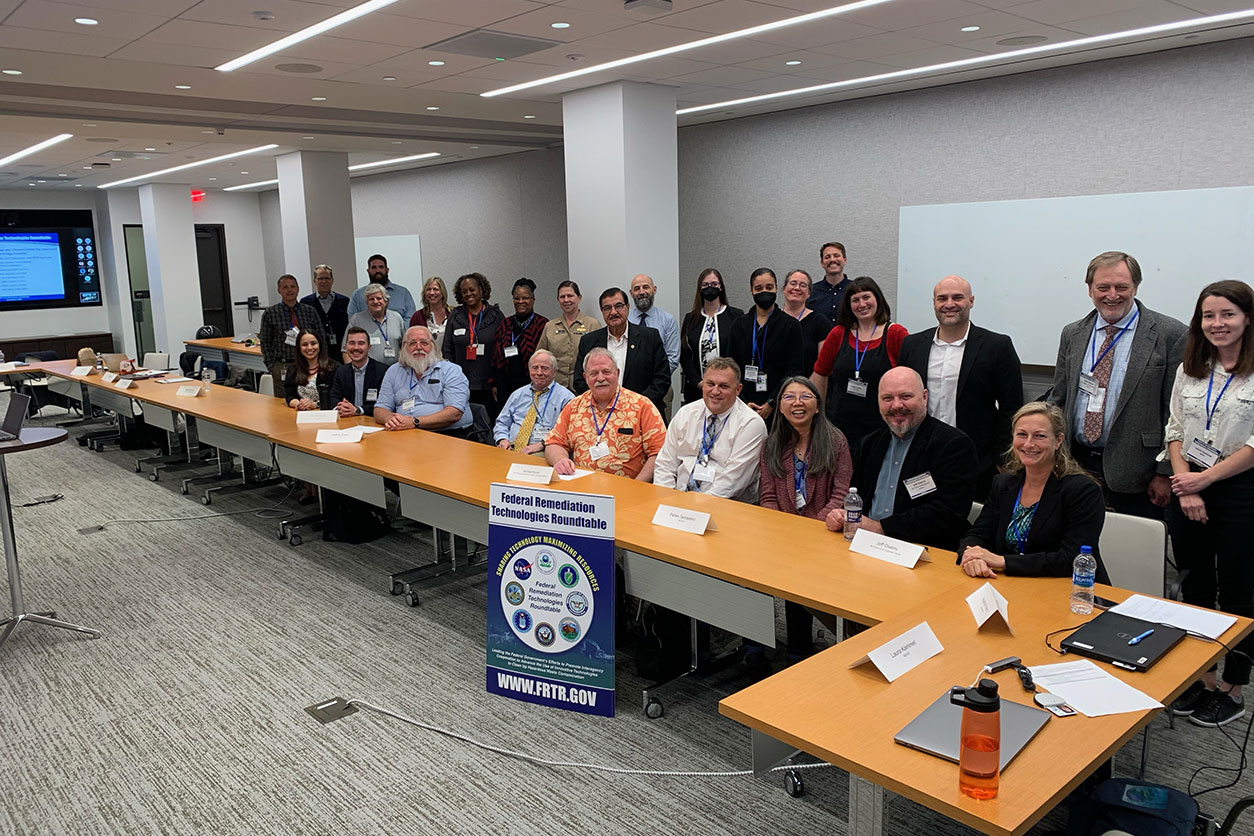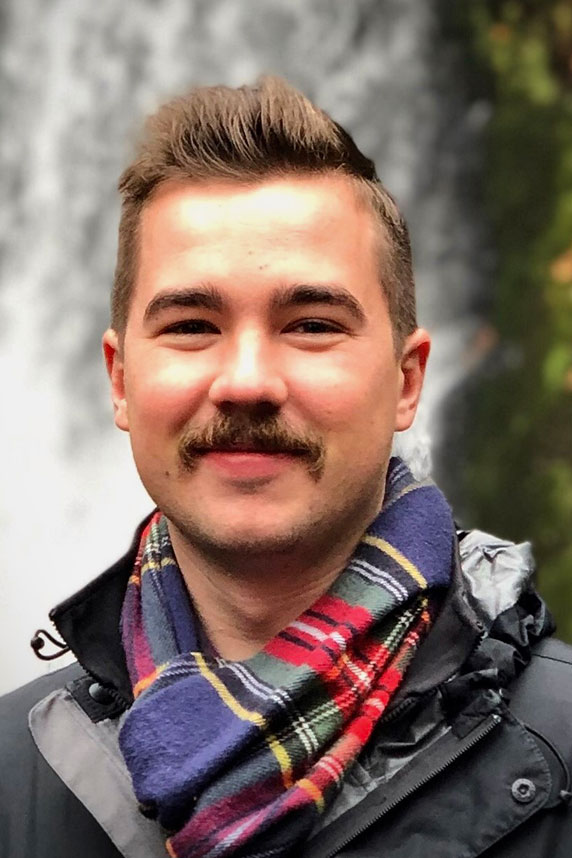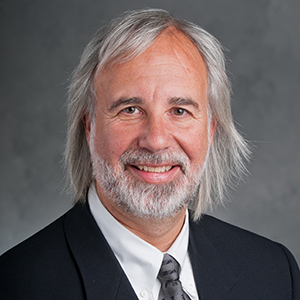Strategies to move environmental cleanup technologies from research and development to the field headlined the agenda of the first in-person Federal Remediation Technologies Roundtable (FRTR) meeting in three years. The event, which was held Nov. 8 in Washington, D.C., brought together leaders from 10 federal agencies, including NIEHS, to discuss how they can collaborate to meet hazardous waste contamination cleanup goals and emerging needs.

“As our remediation goals evolve and new challenges arise, our priority as federal agencies and FRTR members is to innovate to meet new cleanup needs,” said NIEHS Superfund Research Program (SRP) Health Scientist Administrator Heather Henry, Ph.D., a member of the FRTR steering committee.
“For this meeting, we wanted to get the people who are working in the field to talk about their research translation process, their challenges, and the novel technologies they are already using,” she noted.
Bridging the “valley of death”
Meeting attendees discussed the so-called “valley of death” — the gap between technologies developed through federally funded research programs and commercialization of those technologies in the private sector.
Michael Pound, of the Naval Facilities Engineering Systems Command, introduced some of the challenges technology developers face. Those include, for example, figuring out how to clean up multiple contaminants simultaneously, making sure that field contractors understand the technology, and securing funding to implement.
Strategies to overcome the valley of death, identified during the meeting, include:
- Frequent communications between industry, academic institutions, and federal technology transfer programs to allow for feedback and idea exchange early in the research process.
- Public-private partnerships, such as programs that assist researchers in finding commercial partners.
- Incorporating regulatory involvement and community engagement in the development plan for new technologies, as these may be important components in successful deployment.
New technologies
During the meeting, FRTR member agencies presented about their various programs and technology transfer mechanisms.
"The meeting helped us identify federal programs that are more amenable to trying out new technologies, a critical part of the technology transfer pathway,” Henry said.

One program that specifies innovation in its mandates is the U.S. Environmental Protection Agency’s Great Lakes National Program Office (GLNPO).
Christian Bako, Ph.D., a former SRP-funded trainee who is now a project manager at GLNPO, presented about the program’s contaminated sediment projects. According to Bako, these projects offer opportunities for FRTR agencies and other partners to collaborate to pilot and advance more effective, lower-cost sediment remediation techniques in the field.
“The process of fielding innovative technologies is not a linear pipeline but rather something that takes skill, motivation, and experience, which depends on having a network of people who can help you deploy new remediation techniques at the appropriate time,” Bako said.
Emerging contaminants
“A common theme among presenters was that in recent years there has been a rapid influx of remediation technologies to address a new challenge, per- and polyfluoroalkyl substances [PFAS],” said Laura Kammel, Ph.D., an NIEHS postdoctoral fellow who moderated a roundtable discussion about the challenges and opportunities related to technology transfer.
Jeffery Owens, Ph.D., of the Air Force Civil Engineer Center, shared one of the challenges related to PFAS — developing safe and effective alternatives to PFAS-containing firefighting foams. Owens and team field tested non-PFAS containing foams and found that such foams are not able to put out fires as quickly, lead to more fire burn-back, and can be toxic when combined with other fire-related contaminants.

“While innovative technologies are instrumental to the remediation of PFAS and other emerging contaminants, key steps must be taken during the development process to ensure that these technologies are safe and effective,” Kammel said.
“Interagency information sharing can help prevent pitfalls, facilitate cost and performance analyses, and accelerate commercialization of PFAS remediation technologies,” Kammel continued.
The importance of training
“The takeaway message from the meeting was how important training is, whether that is technical training on a new technology, or training the new generation of remedial project managers,” Henry said.
Presenters explained that remedial project managers, who are on the ground managing cleanup projects at hazardous waste sites, are in a unique position to try new technologies in the field.
“For a remedial project manager, knowing how and when to leverage new technologies can be extremely challenging,” Bako said.
Improving communication efforts, such as revamping websites and hosting webinars, was one strategy identified to transfer knowledge about new technologies and train remediation practitioners.
Meeting attendees also emphasized the importance of incentivizing programs to help match innovative technologies to a site and remedial project manager.
(Mali Velasco is a research and communication specialist for MDB Inc., a contractor for the NIEHS Division of Extramural Research and Training.)









